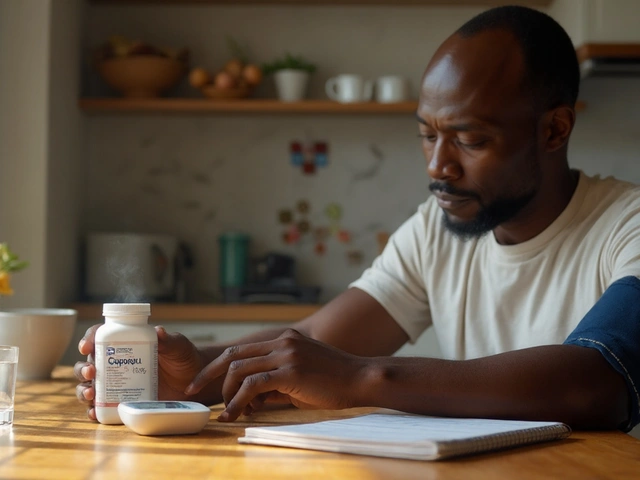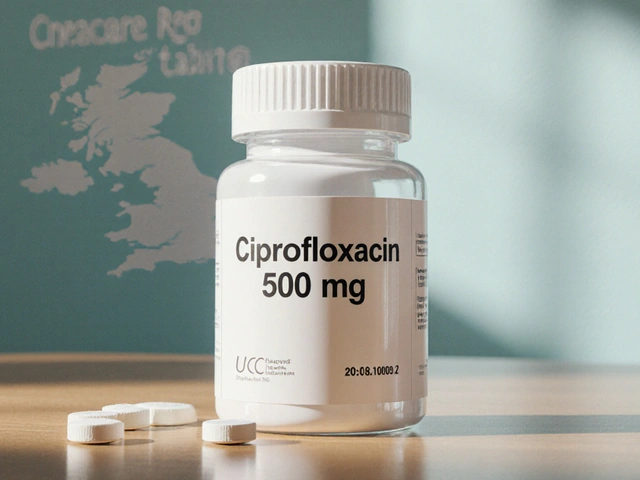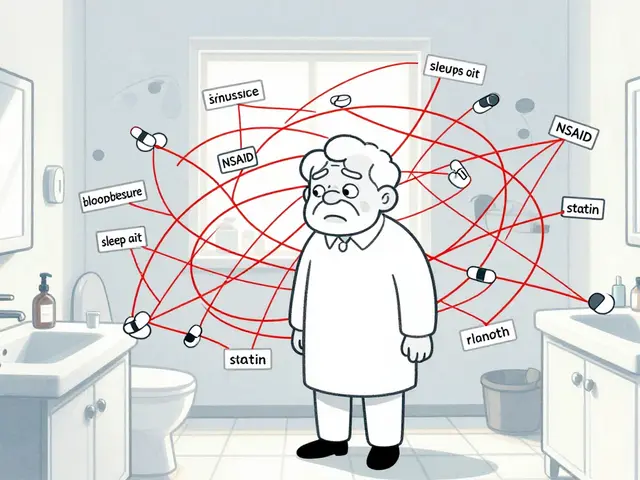Desogestrel Ethinyl Estradiol and Blood Clots – Quick Guide
If you’re on a combined pill that mixes desogestrel with ethinyl estradiol, you’ve probably heard the word “clot” tossed around. It can feel scary, but knowing the facts helps you make smart choices. Below you’ll get the plain‑talk version of how this combo works, who’s at higher risk, and what you can do to lower the odds.
How the combo affects clot risk
Both desogestrel (a progestin) and ethinyl estradiol (an estrogen) change how your blood behaves. Estrogen boosts clot‑forming proteins, while certain progestins, like desogestrel, don’t counteract that effect as well as older ones. The result is a modest rise in clot‑forming activity, especially in the veins of the legs or lungs.
Most users never develop a clot, but the risk isn’t zero. Studies show the chance of a serious clot is roughly 1‑2 per 10,000 women a year on these pills – higher than the background rate for non‑users, but still low overall. The key is that the risk climbs when other factors are in play.
Who should be extra careful
Age matters—a woman over 35 who smokes has a noticeably higher risk. Family history of deep‑vein thrombosis (DVT) or a personal history of clotting also pushes the odds up. Conditions like obesity, high blood pressure, or certain genetic clotting disorders (Factor V Leiden, prothrombin mutation) add to the danger.
If you fall into any of these groups, talk to your doctor about alternatives. Options include progestin‑only pills, a different progestin (like levonorgestrel), or non‑hormonal methods. Switching doesn’t mean you’re giving up birth control – it just means finding a safer fit for you.
Other red flags to watch for are leg pain, swelling, warmth, or sudden shortness of breath. Those symptoms could signal a clot and need immediate medical attention. Don’t wait to see if it gets better on its own.
Beyond spotting symptoms, there are everyday steps that can keep you safer. Stay active – a daily walk helps blood flow. Keep hydrated, especially on long trips where you sit for hours. If you’re a smoker, quitting reduces clot risk dramatically, no matter what pill you take.
Regular check‑ups are another low‑effort win. Your doctor can run a simple blood test to see if clot‑growing proteins are higher than usual. If they are, you might switch to a lower‑risk formula before any problem shows up.
Bottom line: desogestrel/ethinyl estradiol pills are effective and safe for most women, but they do bump clot risk a bit. Knowing your personal risk factors, watching for warning signs, and keeping an open line with your healthcare provider makes the odds work in your favor.
Got more questions? Your pharmacist, doctor, or a trusted health site can fill in the gaps. Stay informed, stay active, and you’ll keep the benefits of birth control without unnecessary worry.



